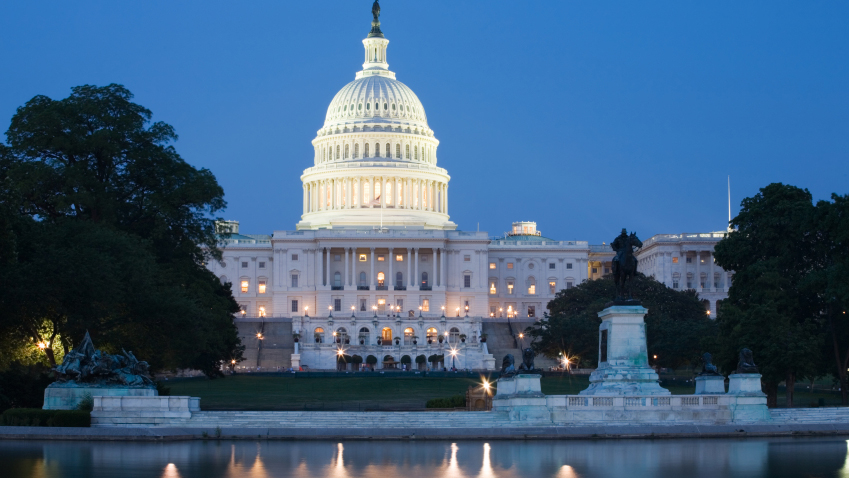Federal Fiscal Indecision Causes Uncertainty for States
 © Michael McCloskey/iStockphoto
© Michael McCloskey/iStockphotoFiscal uncertainty at the federal level presents tough choices for states.
States once again must keep a close eye on Washington as the federal government works to finalize the 2016 budget, debates long-term funding for the Highway Trust Fund, and has yet to renew expired deductions, credits, and other tax provisions. These key decisions have a direct impact on the timing and amount of federal funds that states receive, on their economies, and on their tax collections.
Unfortunately, the uncertainty of the federal fiscal environment is not a new phenomenon. It has been 19 years since the federal government enacted a budget on time; the Highway Trust Fund has received more than 30 short-term extensions since 2009; and since the late 1980s, an increasing number of temporary tax provisions have been routinely patched for just one or two years at a time in the appropriately nicknamed “tax extenders” package.
Whether it’s funding for schools, roads, health care, public safety, or other critical programs, states depend on federal support to provide basic services. On average, federal grants make up 30 percent of state revenue, ranging from 19 percent in North Dakota to 43 percent in Mississippi in 2013, the most recent year for which data are available. In addition to the direct federal support to states in the form of grants, federal spending within states includes—but is not limited to—military bases, salaries for federal employees, and the operation of national parks, all of which contribute to state economic activity. Total federal spending in the states, including grants, was $3.1 trillion in 2013. So when the federal budget is in flux, states can feel it directly in their pocketbook and indirectly in their economy.
The Highway Trust Fund represents a major area in which a lack of federal decision-making creates uncertainty for states. Twenty-five percent of state and local spending on highways and transit comes from the federal government, mostly from the Highway Trust Fund, with states using the funding to pay for road repairs, bridge construction, and public transit. Continuing to patch the Highway Trust Fund forces states to make long-term transportation decisions without the corresponding long-term funding commitments.
Meanwhile, this year’s federal tax extenders package includes provisions that states have built into their own tax codes, such as bonus depreciation for business equipment and the college tuition deduction. Chances are good that these will be reinstated at the last minute, but both federal and state tax collections could increase if they’re not —and state policymakers would have to choose how to respond. Moreover, the pending tax package also includes the reinstatement of the federal deduction for state and local sales taxes—which, while not directly impacting state revenue, would mean that individuals who claim it would pay more in federal taxes.
States have repeatedly faced the challenge of federal fiscal uncertainty and delay while keeping their budgets balanced. Three shutdowns of the federal government have occurred in the past 20 years, generating particular difficulties that have forced states to confront tough choices such as using cash reserves to keep federally funded programs running or suspending services and furloughing employees. During the most recent shutdown, in October 2013, Arizona, Utah, and New York took matters into their own hands and used state funds to keep national parks operating, because the parks were vital to their state economies. Indeed, the budget uncertainty over the past few years has led Utah to develop a model to assess and mitigate the risks associated with federal funds and Virginia to create a Federal Action Contingency Trust Fund to counter federal decisions that impose costs or cause revenue losses.
One thing has become clear over years of fiscal uncertainty at the federal level: Federal actions have cascading effects on state budgets. And while adapting to increases or decreases in federal funding presents tough choices for states, being left in limbo could be worse.
Read the full article at TheHill.com.
Schroeder directs fiscal federalism initiatives at the Pew Charitable Trusts in Washington.











